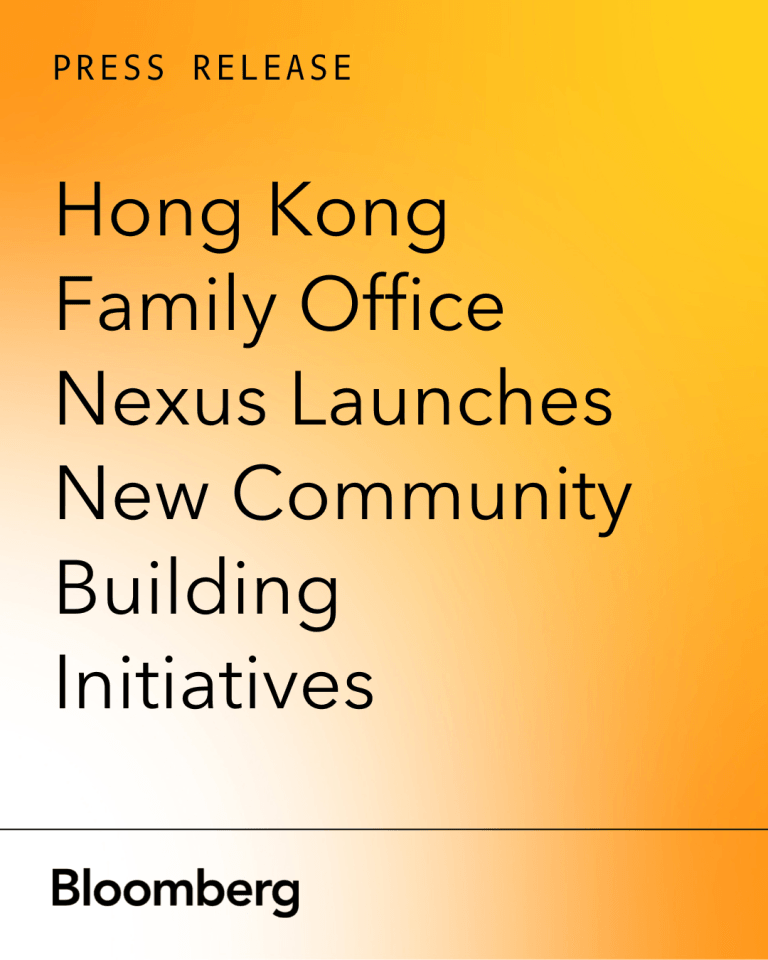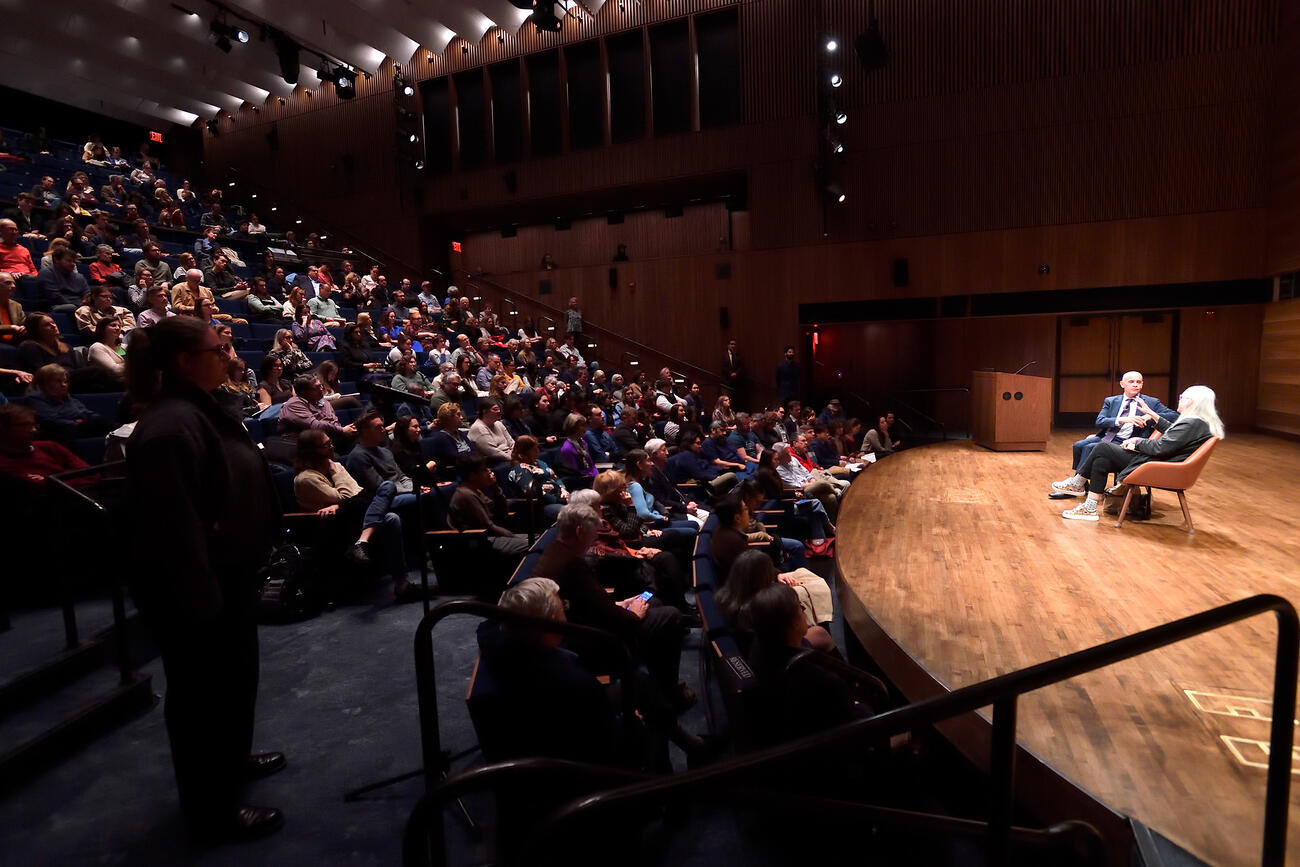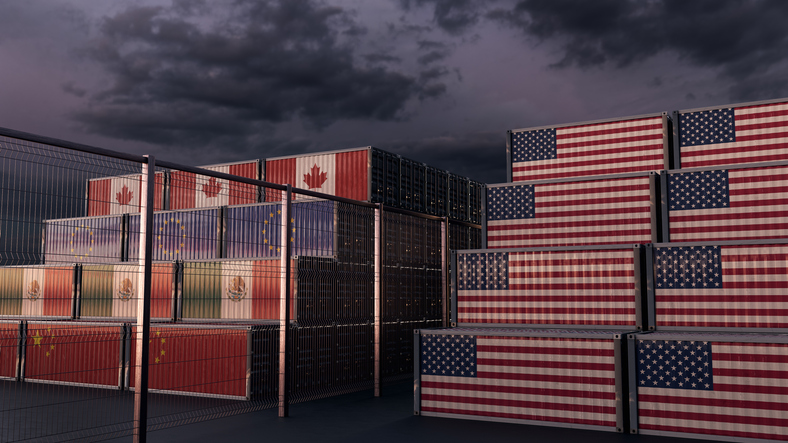Review: The Outer Worlds 2

For all the money Xbox has spent on major acquisitions since 2018, few developers have been as prolific and consistent as Obsidian. Their games are more often “AA+” than blockbuster (former) exclusives, but at least I get to play one of their games every year or two rather than every generation or two. Following on from the enjoyable fantasy-RPG Avowed in February, The Outer Worlds 2 is a great follow-up to the 2019 original, and it shows how developers can increase their output and cater to different audiences if they work smart.

In short, The Outer Worlds 2 is a case of “if it ain’t broke, don’t fix it” – but that is not entirely fair. It feels like a natural extension of the first game, but every element has been expanded. Just as Avowed took The Outer Worlds’ compact framework and expanded it into an epic and chunky fantasy-RPG that could appeal to fans of The Elder Scrolls, The Outer Worlds 2 uses that updated framework to create a sequel closer to what Starfield might have been if Bethesda Game Studios had ditched the galaxy-spanning, procedurally-generated slog to focus on a denser, handcrafted RPG.
…The Outer Worlds 2 uses that updated framework to create a sequel closer to what Starfield might have been if Bethesda Game Studios had ditched the galaxy-spanning, procedurally-generated slog to focus on a denser, handcrafted RPG.
For those with an overwhelming backlog, or those interested in Obsidian’s output after playing Avowed, The Outer Worlds 2 takes place in a new colony, Arcadia, with a fresh protagonist. It only references events that took place in Halcyon, so familiarity with the first game is not needed to have a good time. Character creation is as important as ever as you mould yourself a storied agent of the Earth Directorate – seemingly heroic figures tasked with aiding colonists against tyrannous governments and unscrupulous corporations. In reality, your team of agents are a motley crew of clashing beliefs, and it seems maintaining appearances is more important than outcomes.

The tutorial, which serves to highlight branching paths and the impact of attribute checks, ends in disaster. An investigation into “Skip Drive” experiments by the cult-like Protectorate goes awry when a fellow agent turns on the team. She preaches about a mathematical formula predicting the future (straight out of Issac Asimov’s Foundation novels) before destroying a space station to generate a massive rift anomaly that will slowly consume the system. Cue 10 years of cryo-sleep in an escape pod and, for returning players, you’ll once again be playing as a protagonist waking up into a world significantly different from the one they left behind.
It’s the classic Obsidian RPG formula, yet somehow it still holds up in their shorter, branching RPGs.
After being rescued by the only other survivor of your team – a rookie-turned-grizzled-veteran that the Earth Directorate has abandoned to “monitor” the system for decade – you set down in the conflict-ridden Paradise Island region to chase a new lead on the traitor. Auntie’s Choice – a merger of two woefully unethical factions from the first game – invaded the system right after the disaster, and their deadlocked conflict with The Protectorate now presents danger and opportunities for an outsider. It’s the classic Obsidian RPG formula, yet somehow it still holds up in their shorter, branching RPGs.

If you’re going into this sequel from the first game or Avowed, many gameplay basics are the same. There is an improved third-person view, but The Outer Worlds 2 still feels like first-person RPG at heart. The focus is on spotting environmental storytelling details, interacting with the environment, zoomed-in conversations with NPCs, and shooting your way out of situations when dialogue or attribute checks fail. On each world you have a primary objective; there’ll be a settlement or two offering mutually-exclusive quest lines that might help you reach that objective, and how you achieve your goals are a function of your character build, the companions you bring along, and your willingness to explore thoroughly.
…The Outer Worlds 2 still feels like first-person RPG at heart. The focus is on spotting environmental storytelling details, interacting with the environment, zoomed in conversations with NPCs, and shooting your way out of situations when dialogue or attribute checks fail.
As with many RPGs, The Outer Worlds 2 suffers from an action-packed opening followed by a lot of downtime, exploring hubs, talking to NPCs, and racking up quests. However, you’ll soon end up bouncing from one location to the next and returning players will realise you have more flexibility in how you approach tasks. Some options are still binary and lock you into mutually exclusive quest-lines that have a larger impact on the fate of each region, but many have multiple resolutions and fail states that allow you to role-play anything from an altruist to a psychopath – both viable options in a universe where every faction is an extreme representation of their beliefs.

You can often sneak past human enemies using a simple stealth system and distraction grenades; you can pick off stragglers from afar using silenced weapons and sneak attack bonusses; or just go in flinging grenades, guns blazing, and praying your companions are useful for once. There are several tiers of armour and firearms that can be modified, and the shooting feels good – just not quite at the level of a dedicated FPS (which was something I felt Starfield achieved). For exploration, your attributes, perks, flaws, and companions offer alternate ways to interact with the environment, terminals, and machinery – though you can often find key items to achieve the same goals. The same rules apply to dialogue challenges, and I appreciated how information gained from documents and other NPCs can be used to influence the outcomes instead.
[Companions] come with an assortment of personal quests to build up your relationship, but they retain strong personal beliefs and can even turn hostile if you wage war against their preferred faction.
As a result, it feels like a jack-of-all-trades/master-of-none RPG. The design has merit when it comes to keeping you moving forward, but methodical players will realise that outside of obvious binary choices, it’s rare to be locked out of quest solutions. If you explore thoroughly and talk to everyone, you can usually trigger the “best possible outcome” irrespective of your character build. Companions may be unreliable in combat, but they feel more fleshed out and integrated into quests. They come with an assortment of personal quests to build up your relationship, but they retain strong personal beliefs and can even turn hostile if you wage war against their preferred faction. Of course, there are opportunities to betray them to other factions for personal gain, so all’s fair in love and war.

The Outer Worlds 2’s “bigger and better” approach applies to more than just the mechanics. Thanks to the distinctive retro-futuristic art style, the visuals look great without too much of that UE5 sameness, and it (mostly) runs great on the PS5 as of the day-1 patch. I’d argue Avowed still looks better, but it’s a big step up from the original, with characters models and lighting both highlights. The expanded scope of the environments, on the other hand, is a double-edged sword. The opening Paradise Island region – which already feels too similar to Emerald Vale in the first game – has hints of Dragon Age: Inquisition’s Hinterlands. Take my advice and don’t get caught up on trivial tasks or clearing every corner of the map, or you’ll spend as much time in the first region as would completing the entirety of the first game, and you might fail to appreciate the branching quest outcomes.
Wrapping up, The Outer Worlds 2 is a solid sequel – just so long as you’re after more of The Outer Worlds or wanted a sci-fi setting after playing Avowed. It’s another classic Obsidian first-person RPG with roots going back over a decade, which means there are formulaic elements that some will love and some will not. I, for one, enjoy their compact RPGs and appreciated the expanded mechanics, but I would have preferred fewer distractions and lengthy treks at times. As a final note, Obsidian have almost nailed character movement, combat fluidity, and gameplay flexibility in their first-person RPGs, so if Xbox is insistent on wrecking the developers and legacies of the great IP they now own, I hope Obsidian gets the chance to contribute to reviving the Dishonored and Prey (2017) IPs at some point in the future.
PS5 Review code provided by Xbox Game Studios | The Outer Worlds 2 is now available to pre-order at Nexus Hub for R1,499
link







